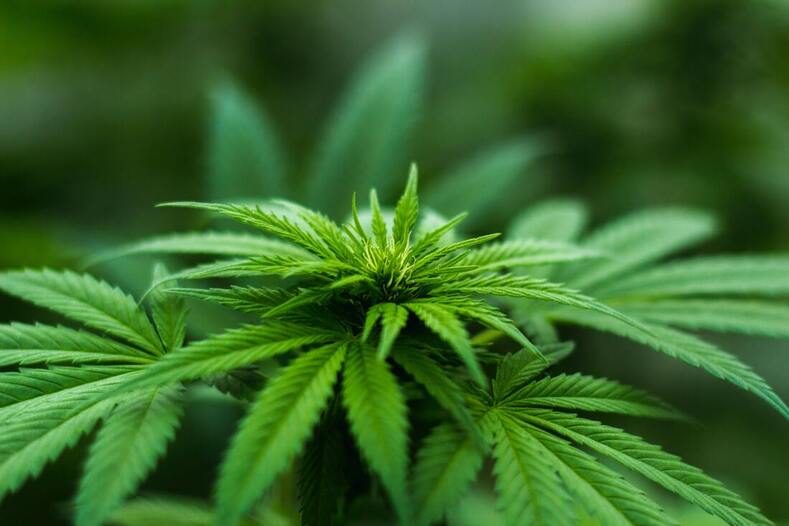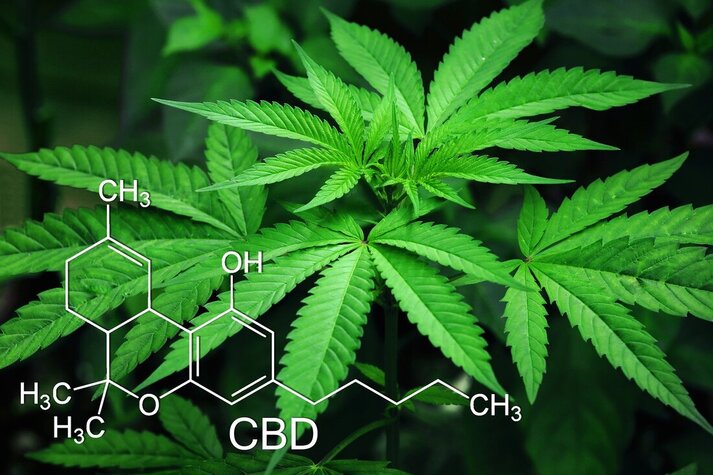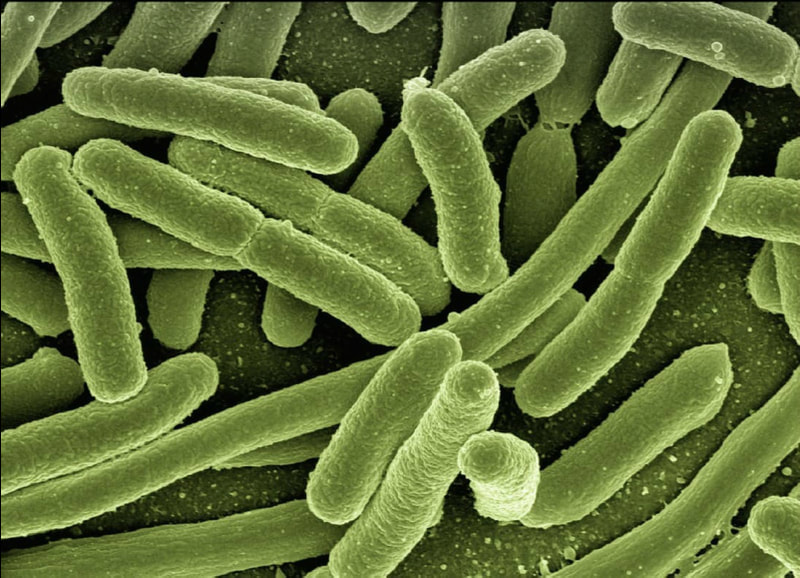Analyzing the Relationship Between Cannabis Use and Health
Cannabis, commonly referred to as marijuana, is the world’s most commonly used recreational drug. With over 181 million users around the world, the widespread popularity of the drug, especially among adolescents, can be attributed to its legalization and regulation in 34 states in the U.S. The following article discusses the implications and direct relationship between the widespread use of cannabis as a recreational activity and the long-term effects on one’s cerebrovascular and neurological health.
Cannabis can be consumed for recreational or medical purposes. Cannabis directly influences the endocannabinoid system (ECS), which functions to maintain homeostasis through the regulation of metabolism, appetite, and memory and pain responses. The ECS consists of two receptors: CB1, which controls memory, cognition, and motor coordination, and CB2, which engages in anti-inflammatory by producing immune responses. Thus, medical marijuana is often advertised to relieve chronic pain, treat alcohol or tobacco addictions, and even alleviate symptoms associated with advanced neurological disorders, including multiple sclerosis, post-traumatic stress disorder, anxiety, and depression.
Despite the suggested benefits of cannabis use for certain disorders, the risks and long-term consequences of marijuana consumption cannot be ignored. Medical reports have implied a causal relationship between recreational cannabis use and cardiovascular, cerebrovascular, and neurological complications. Irreversible effects on the central nervous system and peripheral system, including cannabinoid hyperemesis syndrome, impaired coordination, mood and behavior disorders, psychotic symptoms, strokes, and suicidal tendencies, have all been attributed to the chronic use (over 20 times a month) of cannabis.
Cannabis can be consumed for recreational or medical purposes. Cannabis directly influences the endocannabinoid system (ECS), which functions to maintain homeostasis through the regulation of metabolism, appetite, and memory and pain responses. The ECS consists of two receptors: CB1, which controls memory, cognition, and motor coordination, and CB2, which engages in anti-inflammatory by producing immune responses. Thus, medical marijuana is often advertised to relieve chronic pain, treat alcohol or tobacco addictions, and even alleviate symptoms associated with advanced neurological disorders, including multiple sclerosis, post-traumatic stress disorder, anxiety, and depression.
Despite the suggested benefits of cannabis use for certain disorders, the risks and long-term consequences of marijuana consumption cannot be ignored. Medical reports have implied a causal relationship between recreational cannabis use and cardiovascular, cerebrovascular, and neurological complications. Irreversible effects on the central nervous system and peripheral system, including cannabinoid hyperemesis syndrome, impaired coordination, mood and behavior disorders, psychotic symptoms, strokes, and suicidal tendencies, have all been attributed to the chronic use (over 20 times a month) of cannabis.
Image Source: Clker-Free-Vector-Images
The long-term effects of recreational cannabis use, specifically the increased risk of stroke, were observed through a 2007 study involving the injection of doses of cannabidiol (CBD), the second most prevalent ingredient in cannabis, in mice. The study concluded that tetrahydrocannabinol (THC), the chemical behind the psychological effects of cannabis use, inhibits our respiration chain and causes an overproduction of hydrogen peroxide in the body, which can lead to the development of severe embolic strokes.
A case report studied from 1964 to 2019 analyzed the symptoms of 107 men and women ranging from ages 18 to 63 in order to establish a connection between cannabis use and cerebrovascular and neurological complications. 84% of the cases suggest that cannabis consumption plays an undisputed role in the cause of ischemic stroke, a stroke that occurs when the artery to the brain is blocked. Since the human brain depends on functional arteries to retrieve fresh blood from the heart and lungs, ischemic stroke patients experience trouble walking and speaking, paralysis of weak muscles, loss of coordination, and sudden numbness of the face. These neurological complications are seen to be more relevant and prominent among young adults, which is unsurprising considering the increasing popularity of the drug among high school and college students. The occurrence of complications among young adults (21-30 years) was 36.4% versus 5.6% among older people (51-60 years); this gap can be associated with the larger consumption doses among teenagers and young adults. The case reports establish a connection between cannabis use and cerebrovascular complications, specifically hypothesizing that cannabis consumption can act as a trigger for ischemic stroke symptoms.
Overall, population-based medical reports and animal studies have suggested a potential link between cannabis consumption and cerebrovascular and neurological complications. These studies have also confirmed the drastic increase in cannabis use among teenagers, as seen through the rise in case studies involving neurological diseases or complications among young adults since the legalization of the drug.
A case report studied from 1964 to 2019 analyzed the symptoms of 107 men and women ranging from ages 18 to 63 in order to establish a connection between cannabis use and cerebrovascular and neurological complications. 84% of the cases suggest that cannabis consumption plays an undisputed role in the cause of ischemic stroke, a stroke that occurs when the artery to the brain is blocked. Since the human brain depends on functional arteries to retrieve fresh blood from the heart and lungs, ischemic stroke patients experience trouble walking and speaking, paralysis of weak muscles, loss of coordination, and sudden numbness of the face. These neurological complications are seen to be more relevant and prominent among young adults, which is unsurprising considering the increasing popularity of the drug among high school and college students. The occurrence of complications among young adults (21-30 years) was 36.4% versus 5.6% among older people (51-60 years); this gap can be associated with the larger consumption doses among teenagers and young adults. The case reports establish a connection between cannabis use and cerebrovascular complications, specifically hypothesizing that cannabis consumption can act as a trigger for ischemic stroke symptoms.
Overall, population-based medical reports and animal studies have suggested a potential link between cannabis consumption and cerebrovascular and neurological complications. These studies have also confirmed the drastic increase in cannabis use among teenagers, as seen through the rise in case studies involving neurological diseases or complications among young adults since the legalization of the drug.
Featured Image Source: Michael Fischer
RELATED ARTICLES
|
Vertical Divider
|
Vertical Divider
|
Vertical Divider
|






